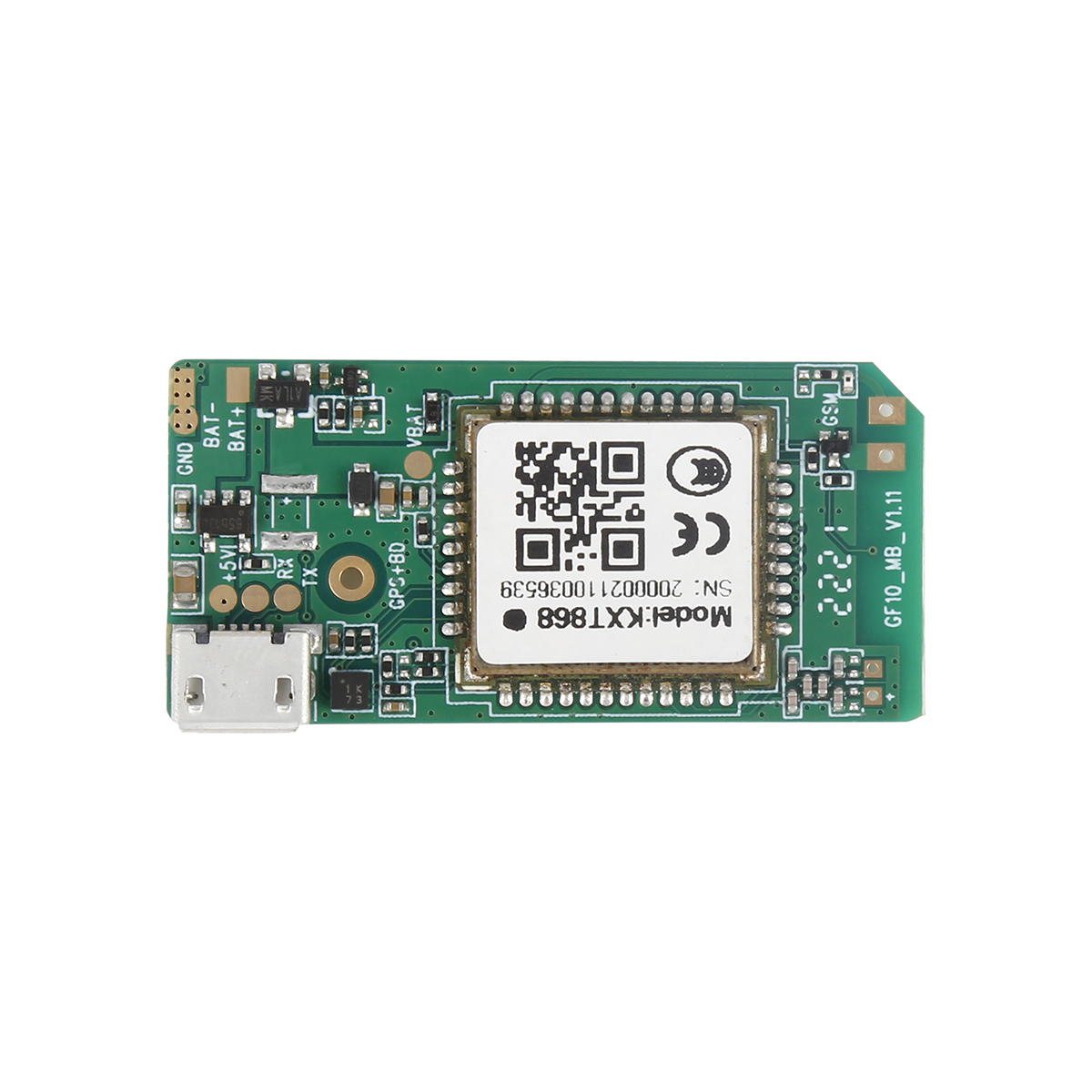
The ground control station plays an important role in controlling satellite operation and ensuring communication between heaven and earth, and is the key behind the scenes for GNSS to operate stab...

GPS: A satellite navigation system developed and established by the US Department of Defense, which is capable of providing low-cost, high-precision 3D position, speed, and precise timing navigati...

1. Space part The spatial part of GPS is composed of 24 working satellites, located at an altitude of 20 200 km above the surface, evenly distributed on 6 orbital planes (4 per orbital plane), wi...

After the Soviet Union launched the first artificial satellite, researchers at the Applied Physics Laboratory of John Hobbs King University in the United States proposed that since the position of...

The first stage is the scheme argumentation and preliminary design stage. From 1978 to 1979, four test satellites were launched using Gemini rockets from Vandenburg Air Force Base in California, ...

The predecessor of the GPS system was a transit satellite positioning system developed by the US military, which was developed in 1958 and officially put into use in 64. The system operates on a s...

At present, the global positioning system is the second generation satellite navigation system in the United States, and users only need to have a GPS terminal to use this service without addition...

Firstly, establish service standards; Due to the fact that services are a process, action, and performance rather than physical objects, they cannot be seen as tangible goods. Therefore, GPS oper...

On May 25, 2003 at 00:34, China successfully launched the third "Beidou-1" navigation and positioning satellite into space using the "Long March 3A" carrier rocket at the Xicha...